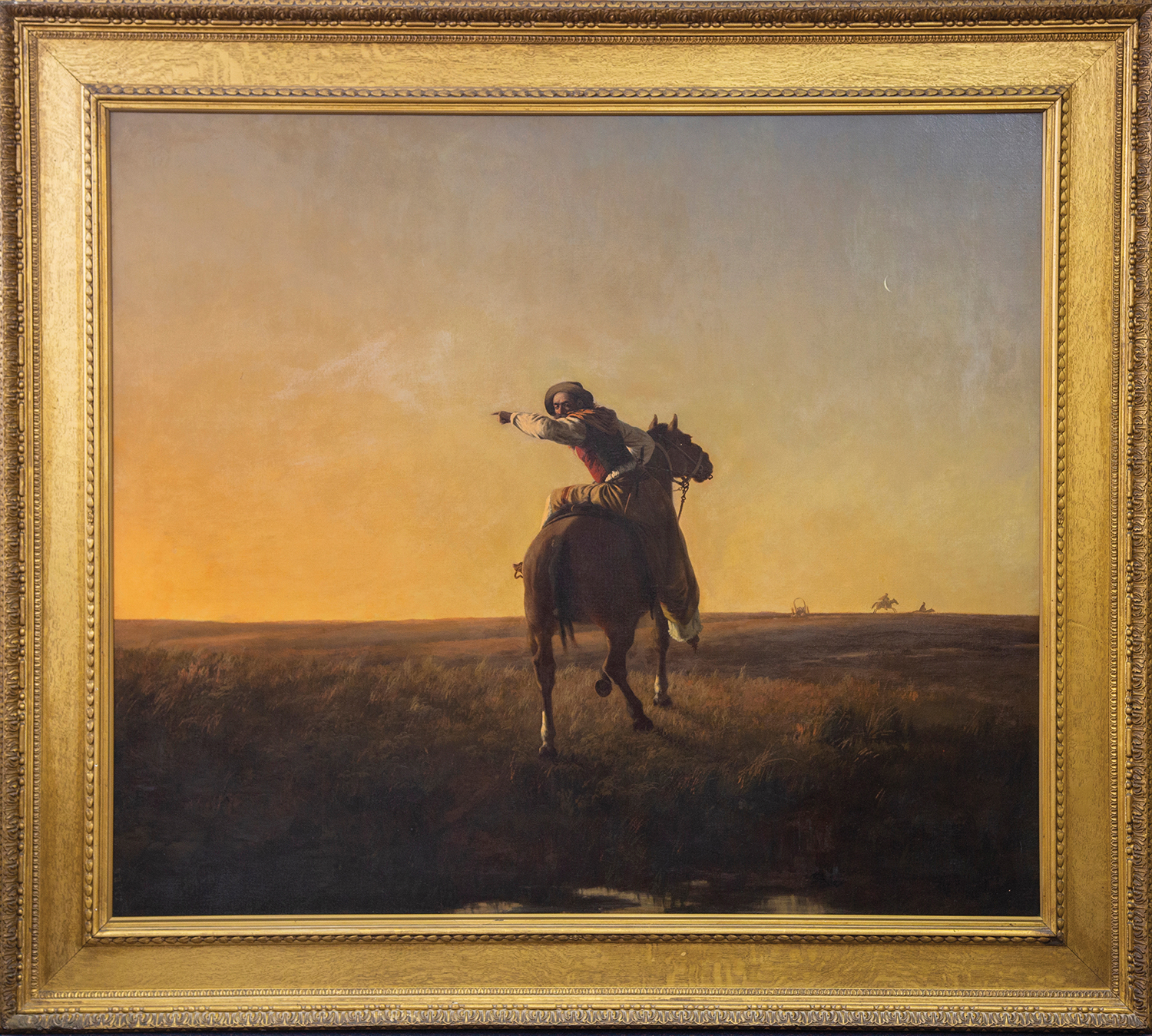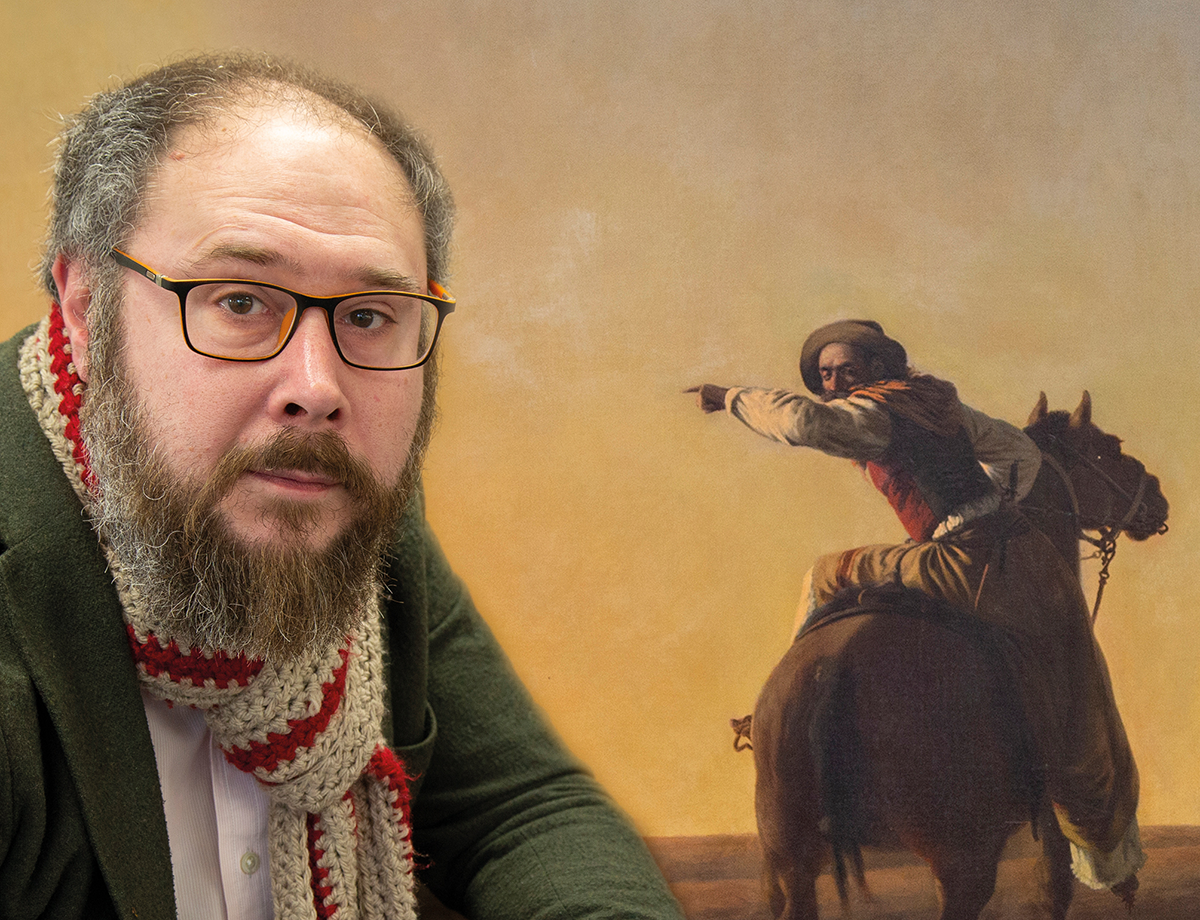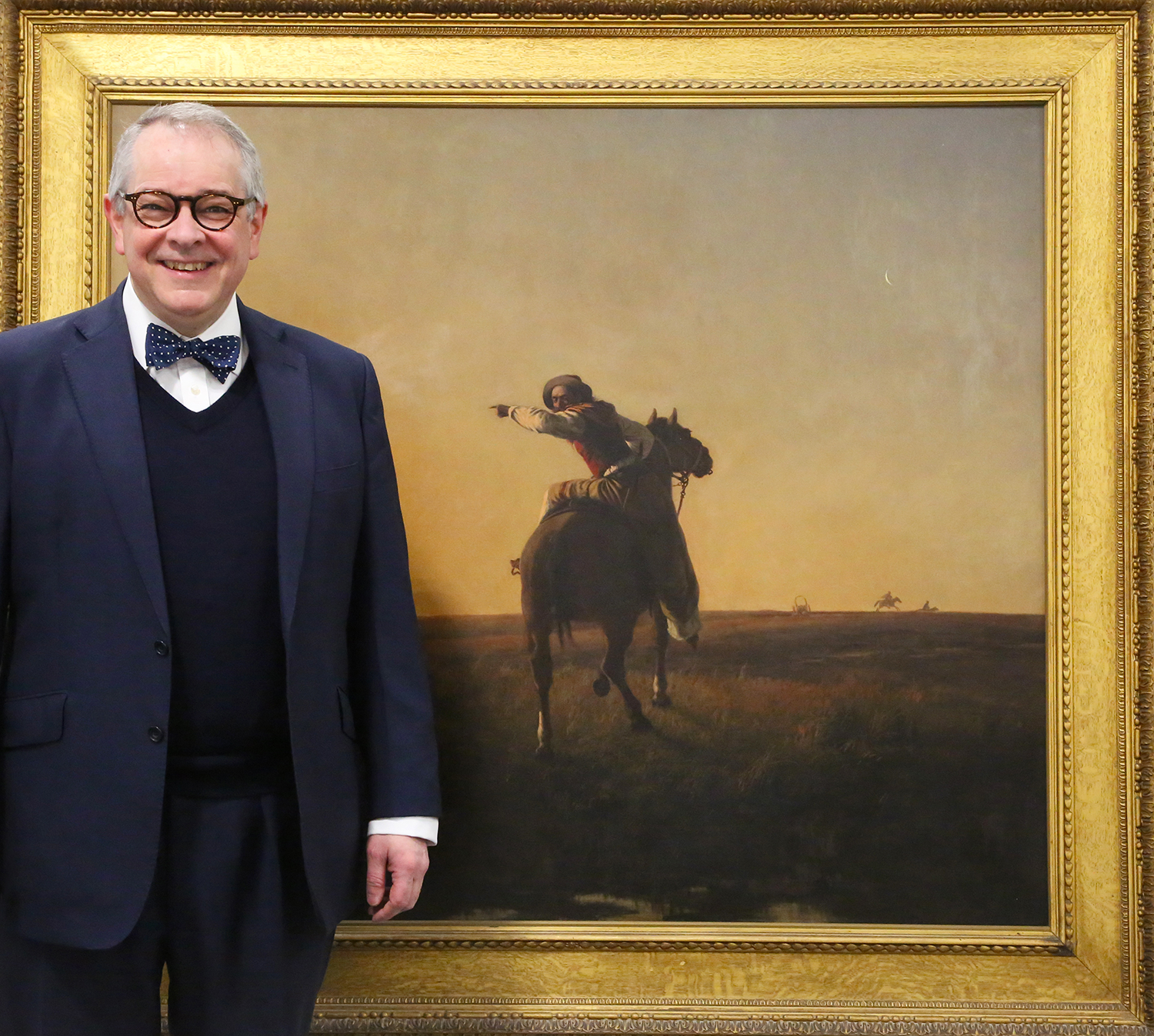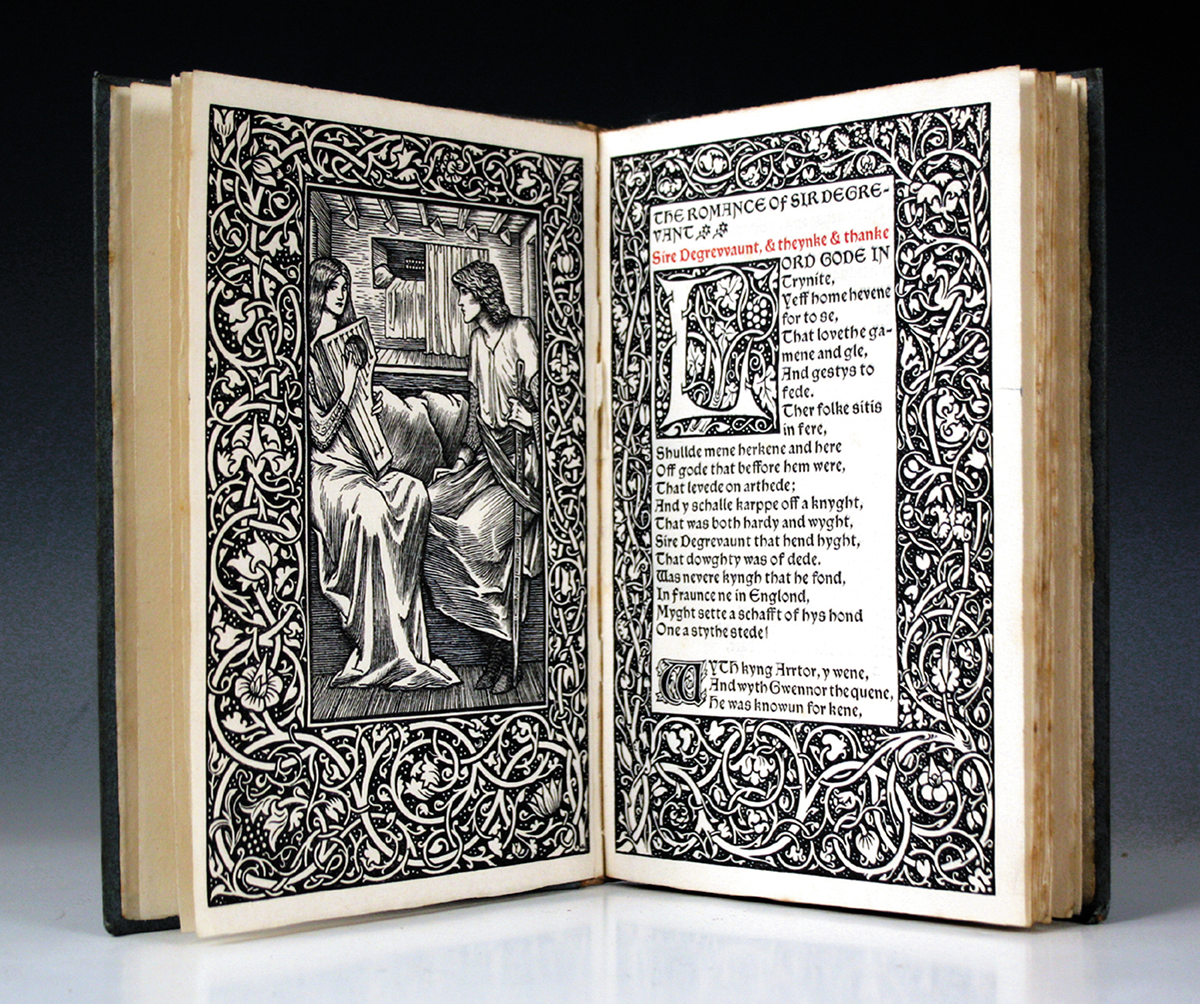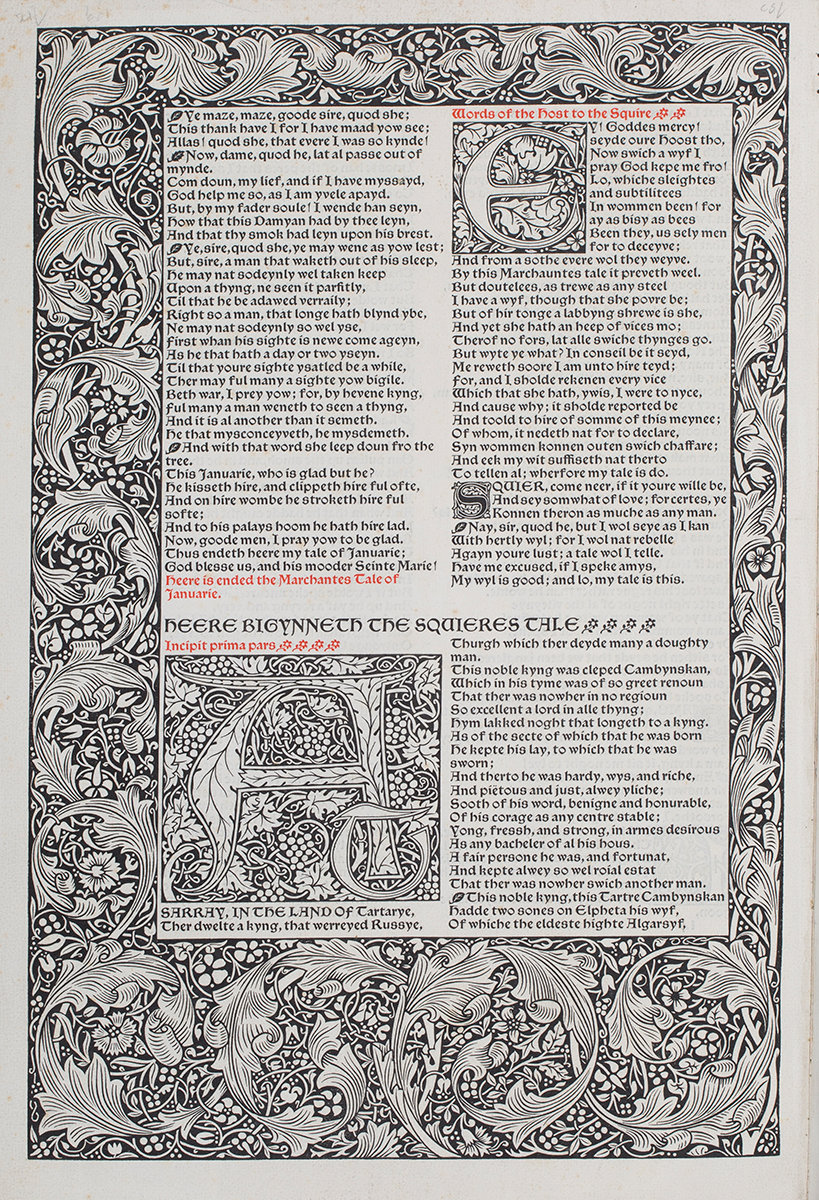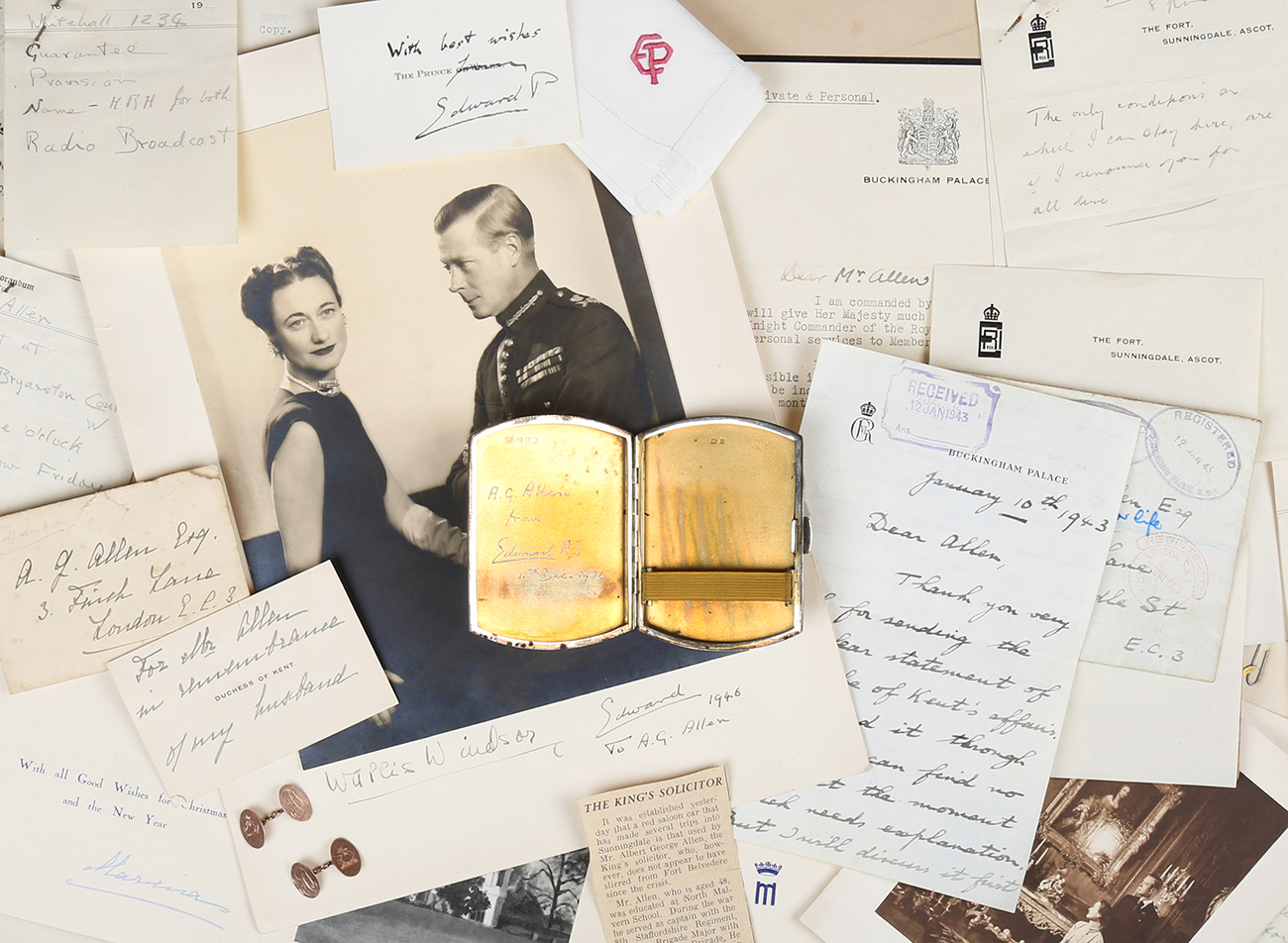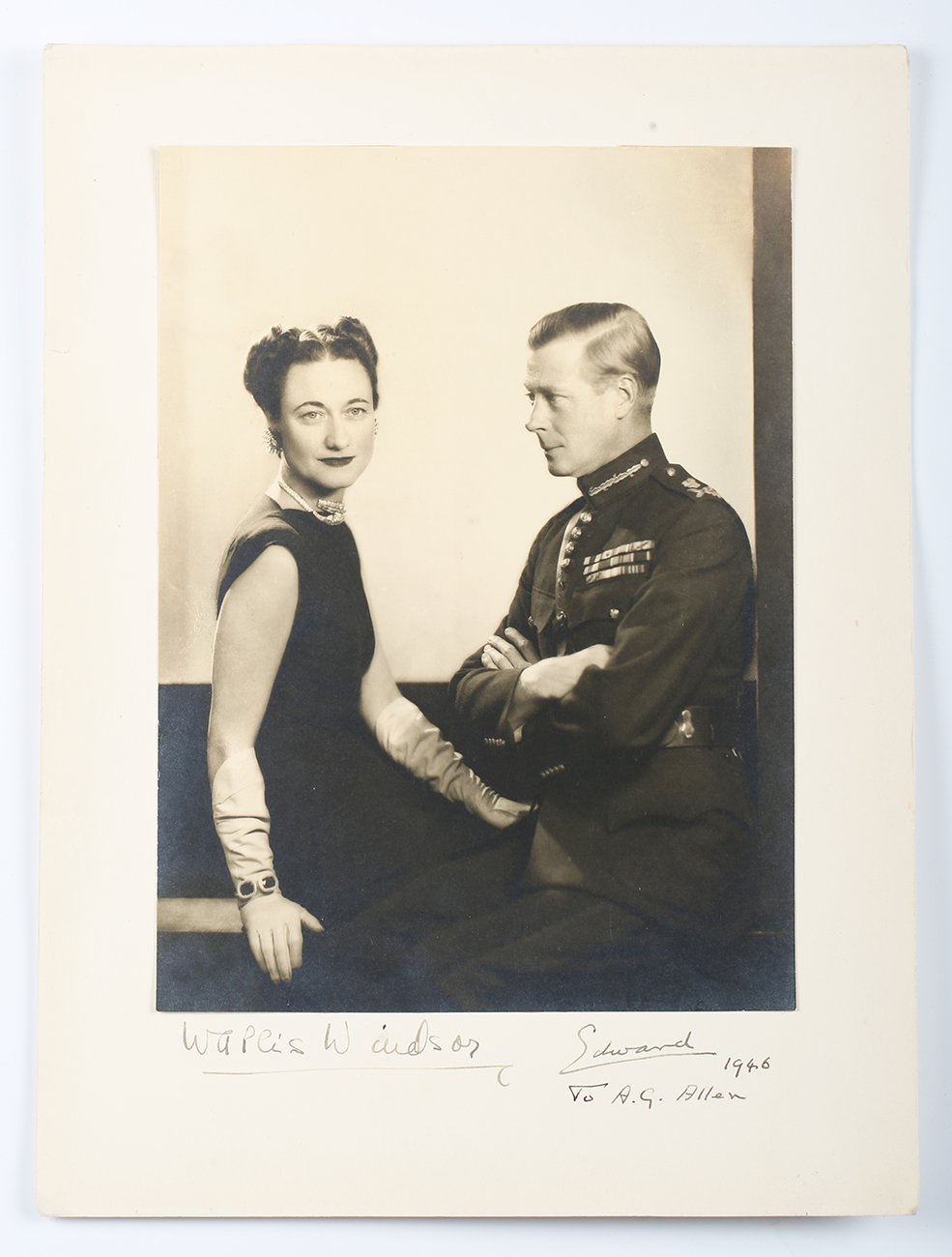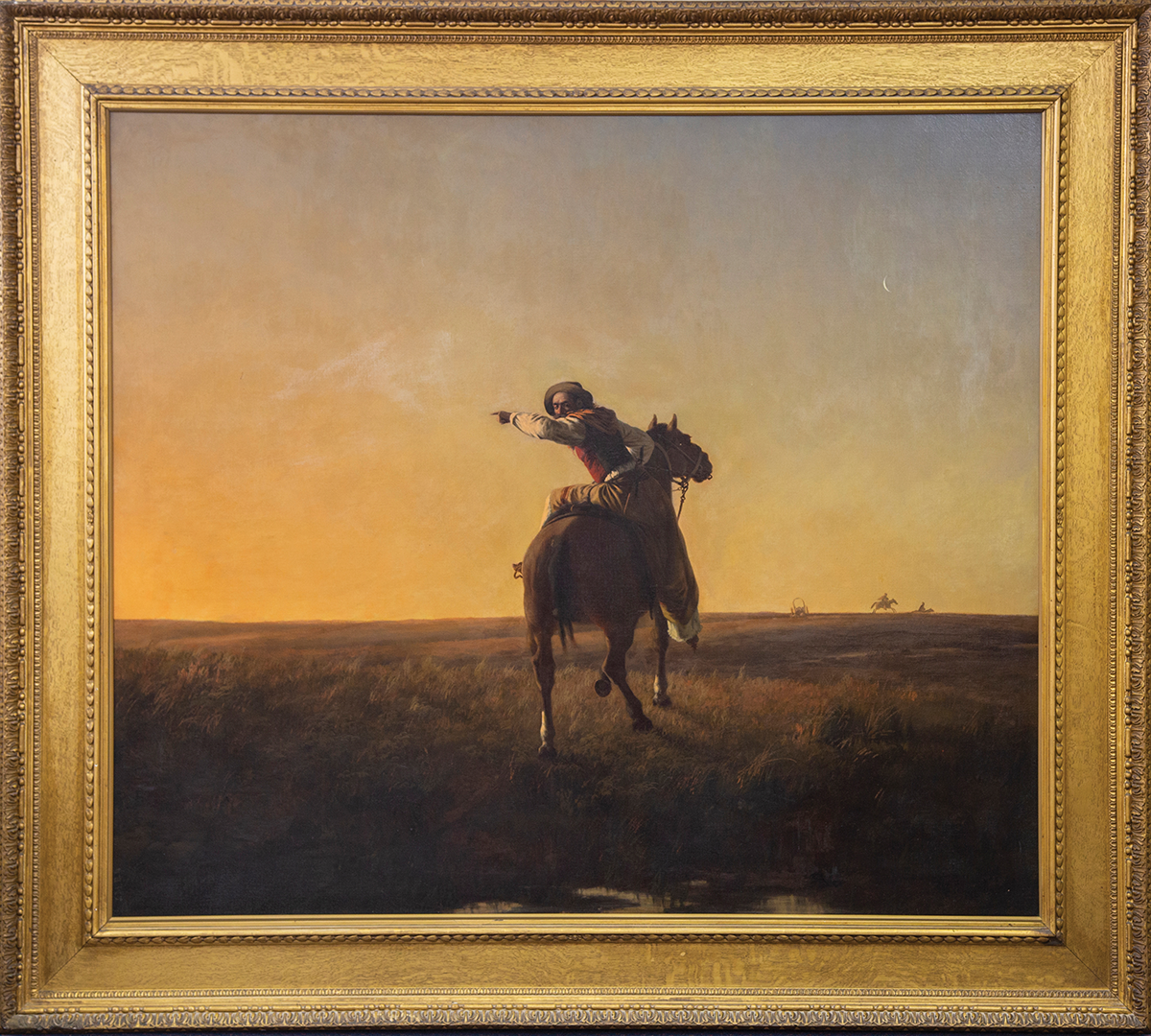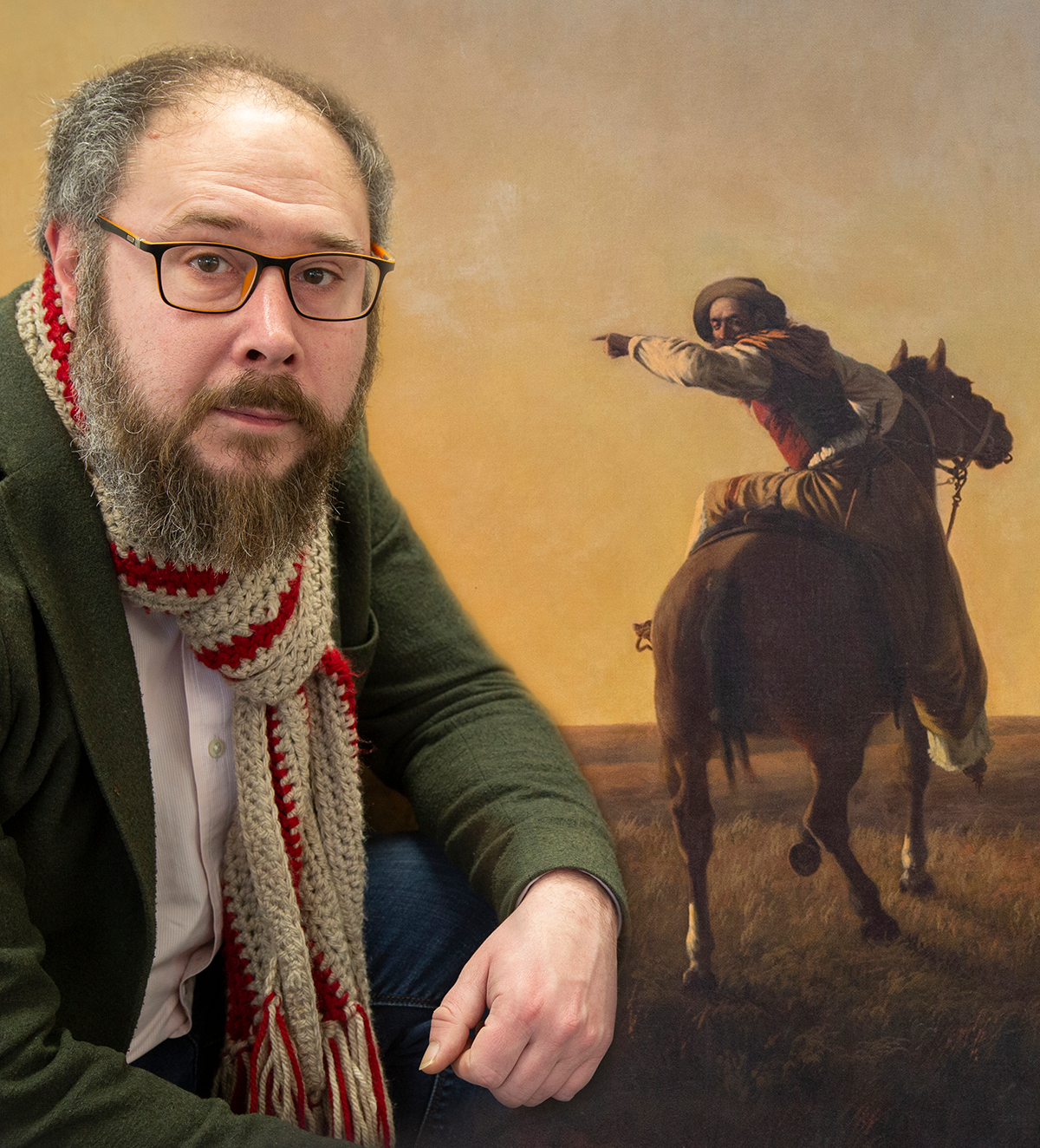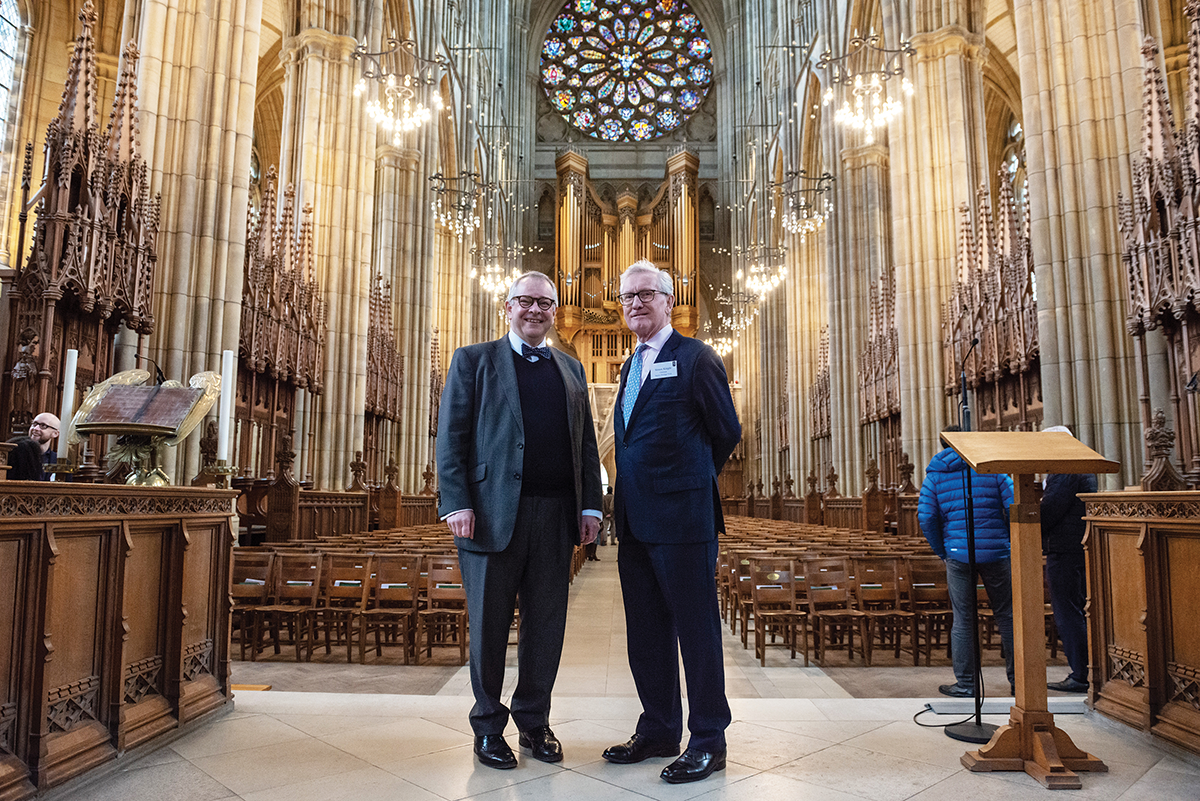
Leading architects, artisans and supporters gathered in the recently completed Lancing College Chapel for the launch of the 2023 Sussex Heritage Trust Awards.
Through its work and awards the Sussex Heritage Trust promotes and encourages best practice in our county’s built environment and landscape.
Chairman of the trust, Simon Knight, thanked Lancing College for hosting this year’s launch and headline sponsors, Irwin Mitchell, together with all the trust’s sponsors and supporters.
We were welcomed by Jeremy Tomlinson who worked at Lancing College for 41 years as a teacher of English, Head of Drama, Housemaster, Senior Master and Registrar. Jeremy has also been at the heart of the Friends of Lancing Chapel for many years and provided a fascinating talk on the history, life and development of the chapel.
Begun in 1868, the Grade I listed chapel at Lancing College is the largest school chapel in the world. The friends provide funds to maintain and conserve the Chapel which is dedicated to St Mary and St Nicholas. Jeremy explained how the Friends have built the west wall and rose window, completed the glazing, lighting and furnishing of the Chapel and contributed to the Handford Porch, the South Aisle door, the new Crypt altar and on-going stone conservation.
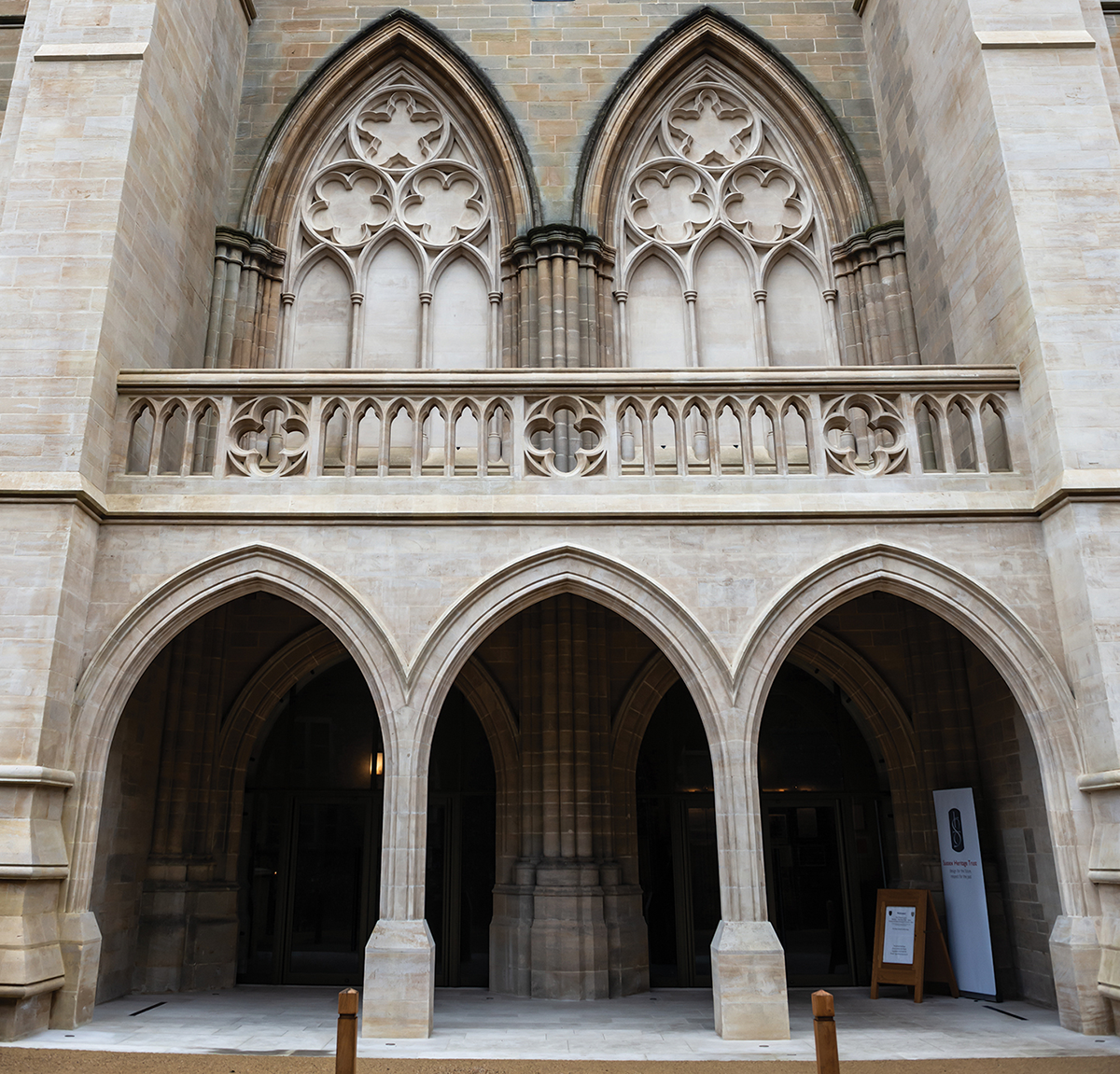
For most of the Chapel’s life the west end was never completed. In 2017 the two open arches in the west wall were filled with blind tracery in limestone and a design for a west porch by Michael Drury RIBA was given official approval. The Chapel Completion Campaign was launched in 2019 and funds flooded in. This enabled a contract with Chichester Stoneworks Ltd to be signed the same year.
After 154 years the Chapel’s west porch and the Chapel itself was finally completed in time for the its dedication on 23 April 2022.
The Chapel is open to the public daily throughout the year and new Friends are always welcome.
The Chapel has received numerous Sussex Heritage Trust Awards.
The Sussex Heritage Trust’s work is important in promoting best practice in our county’s built environment and landscape whilst encouraging and supporting talented young people into careers in conservation, building and horticulture. I am delighted that Toovey’s remain long-term sponsors and supporters of their important work.
The closing date for entries for this year’s Sussex Heritage Trust Awards is 31st March. To find out more visit sussexheritagetrust.org.uk.
